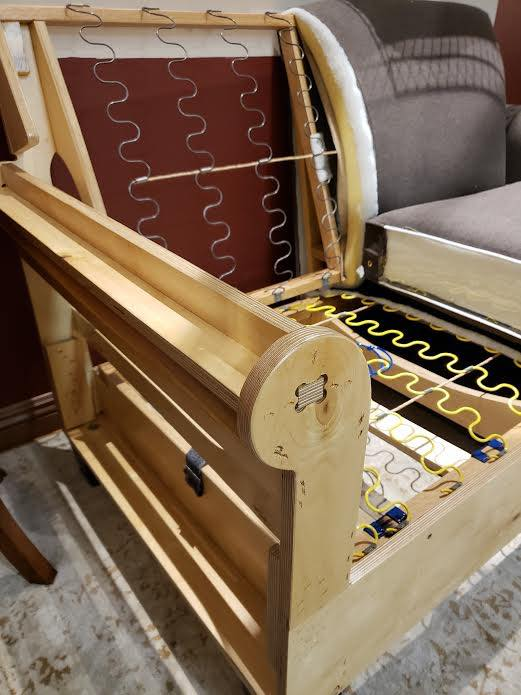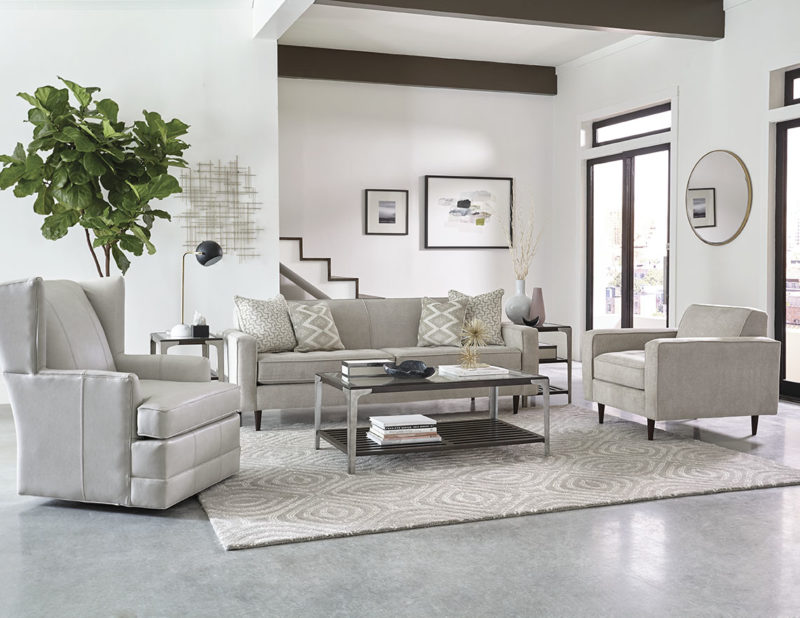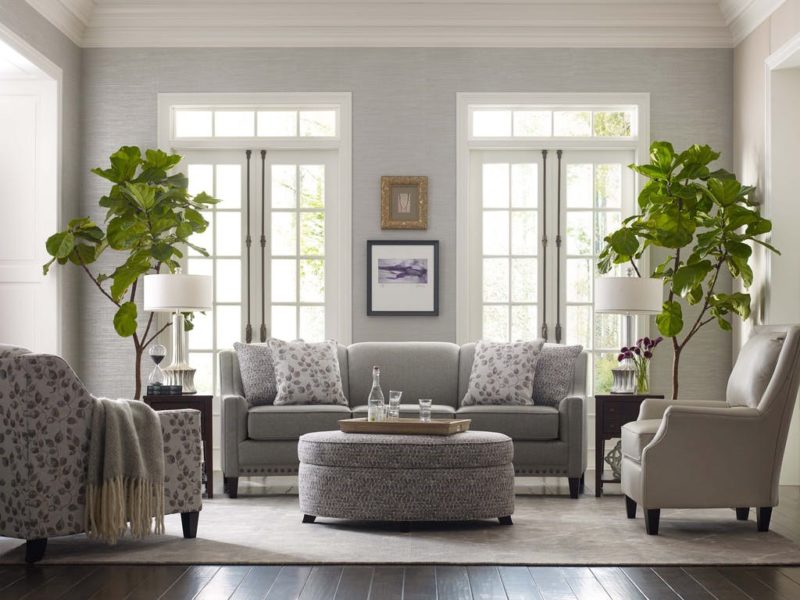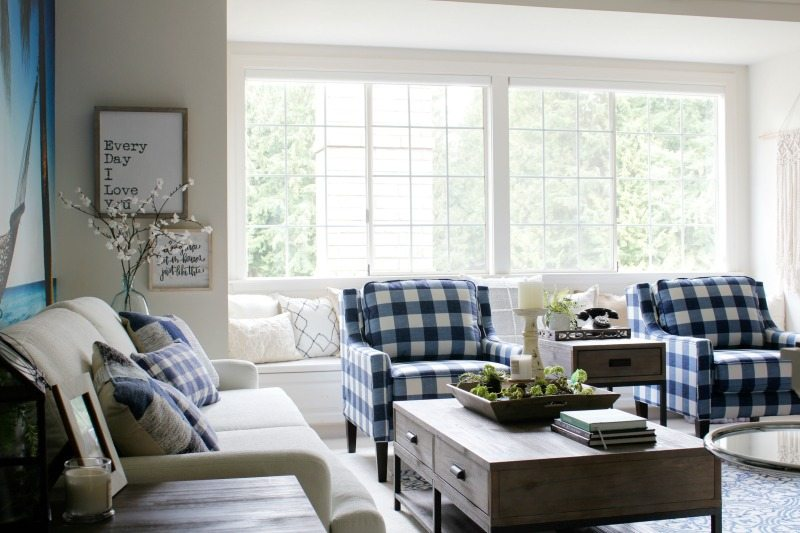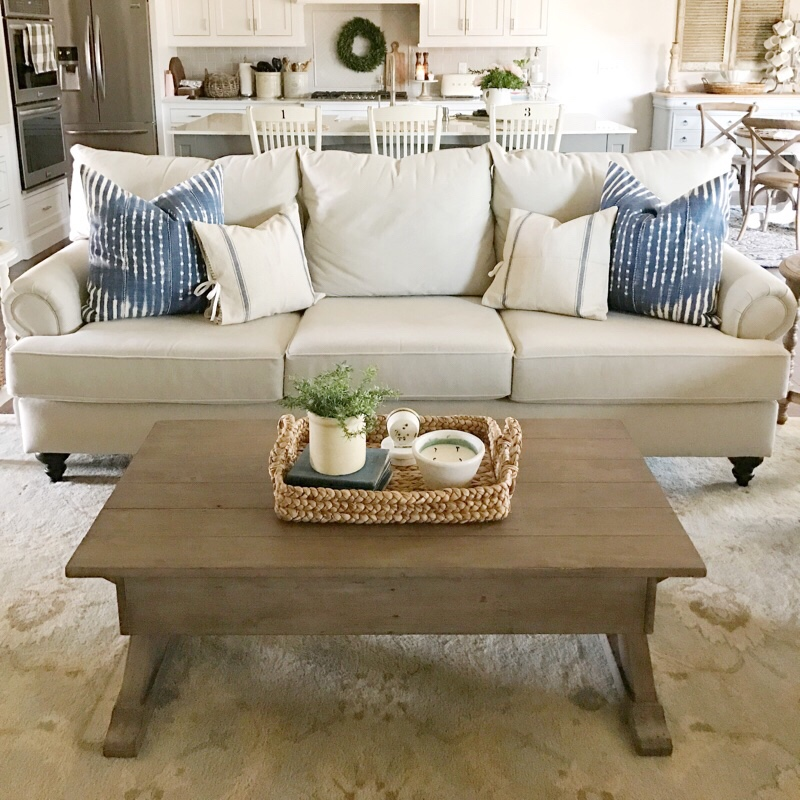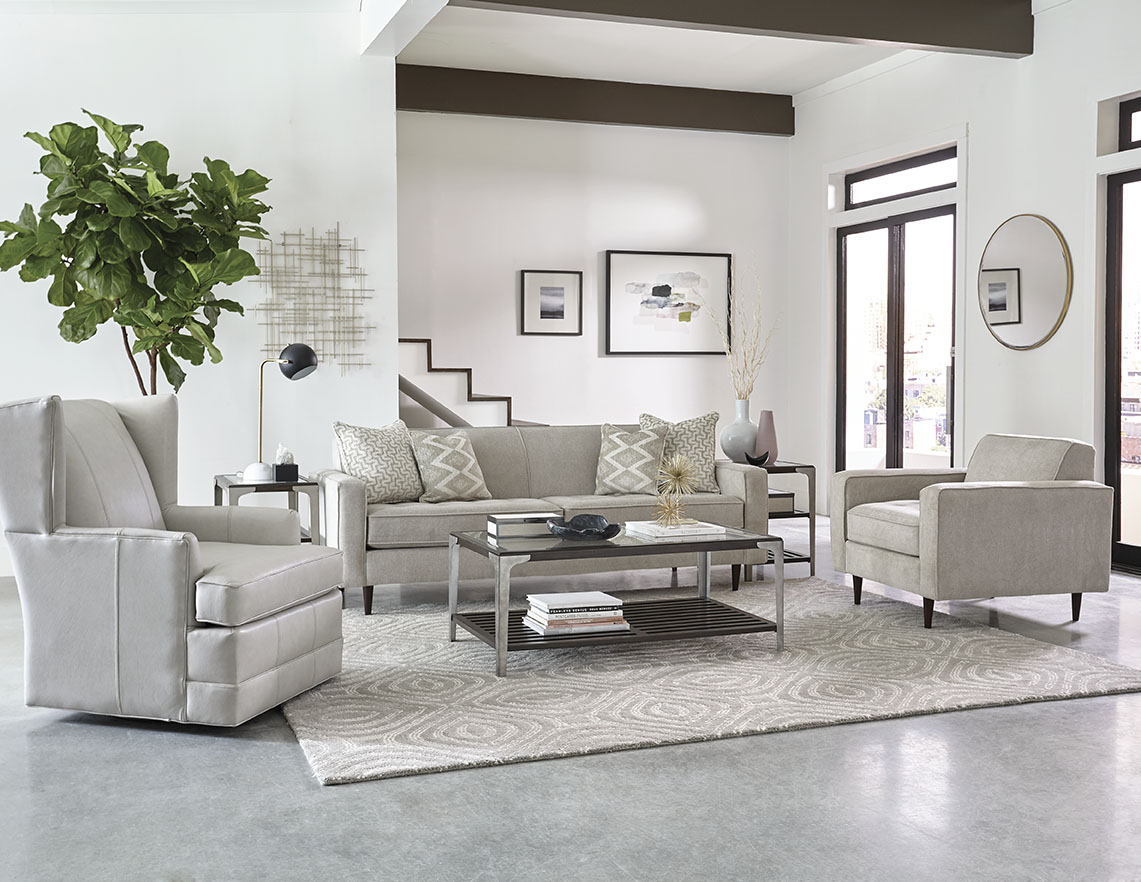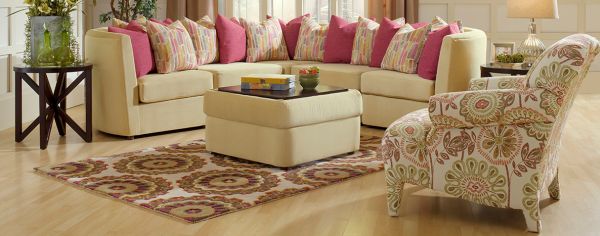Our new small living line, SoHo Living, just launched and we’re excited to share some tips and tricks to make your small space feel bigger. Regardless of how cramped your place may be, these tips will help maximize your room to its fullest potential.
1. Décor Items
Décor can bring a sense of style to your space without taking up too much room. Try wall décor items or smaller neutral accents for a light and airy feel.
2. Lighting
Lights that are mounted to the wall help free up space in your apartment while making it feel cozy.
3. Fresh Light Paint
A simple fresh coat of light colored paint can help brighten up a room and automatically make your space feel bigger.
4. Curtains
Hanging long curtains can help make your space appear larger by elongating the room. This will give the illusion that your space has higher ceilings than reality.
5. Sleeper Sofas
Hosting guests will never be an issue again. Utilizing a sleeper sofa in your space turns your living room into a guest room!
Follow us on our Facebook England Furniture for more tips and design influence.


